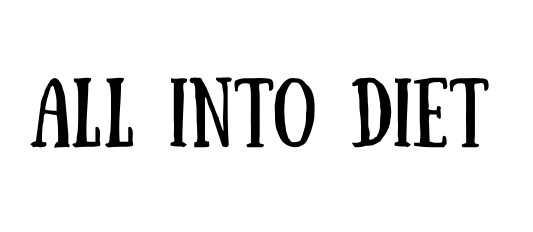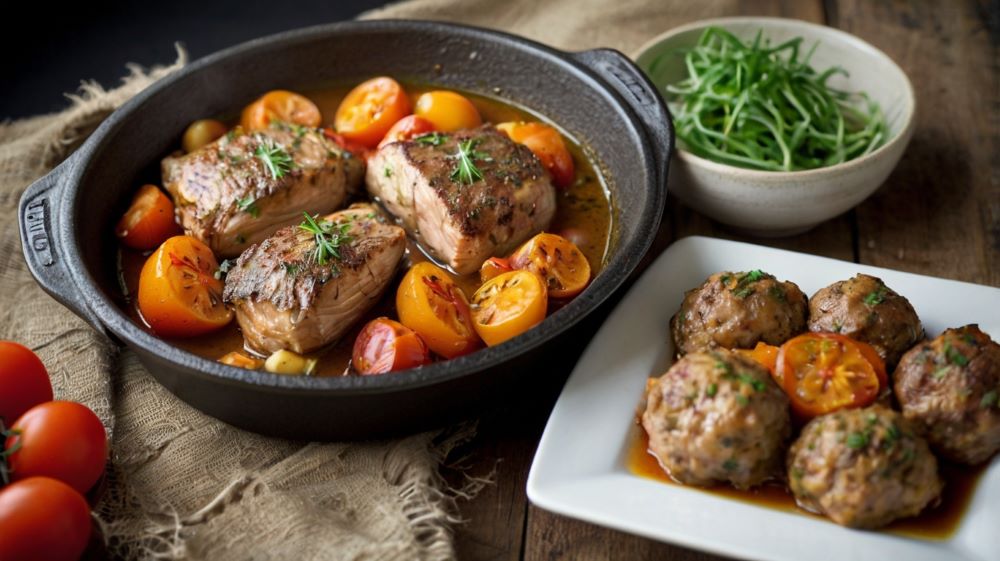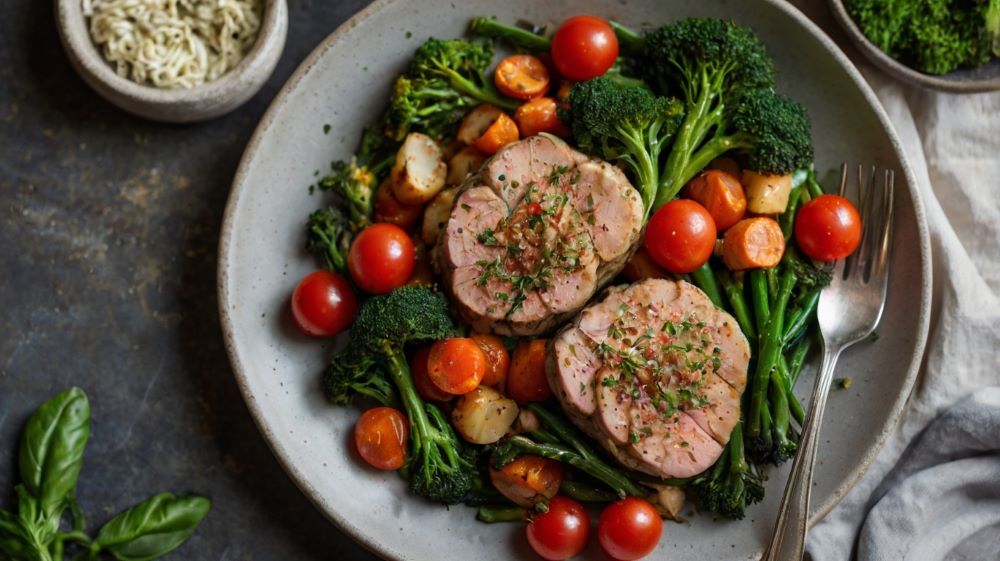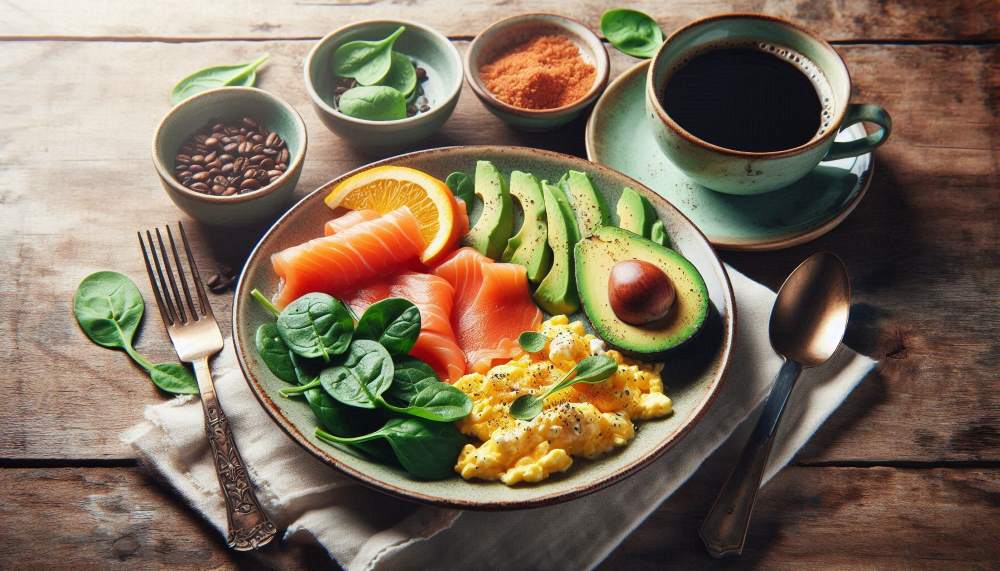Paleo Diet: All You Need To Know for Vibrant Health!

The Paleo Diet focuses on eating foods similar to those consumed by early humans. It emphasizes whole foods and excludes processed items.
The Paleo Diet, often known as the “Caveman Diet,” promotes a return to the eating habits of our ancestors. This diet includes lean meats, fish, fruits, vegetables, nuts, and seeds while excluding processed foods, grains, dairy, and legumes. Supporters claim it can lead to weight loss, improved digestion, and better health.
Critics argue it may lack essential nutrients found in grains and dairy. The diet encourages eating whole, unprocessed foods and avoiding modern agricultural products. By understanding its principles, individuals can decide if the Paleo Diet aligns with their health goals and lifestyle.
Introduction To The Paleo Diet
The Paleo Diet is also known as the Paleolithic or Caveman Diet. It aims to emulate the eating habits of our hunter-gatherer ancestors. Advocates believe this diet promotes optimal health. It focuses on consuming whole, unprocessed foods.
Origins And Philosophy
The Paleo Diet traces back to the Paleolithic era, around 2.5 million years ago. During this time, humans relied on hunting, fishing, and gathering. The diet excludes modern agricultural products. The philosophy behind the diet is simple. Our bodies are best suited for the foods our ancestors ate.
Modern processed foods are thought to contribute to many health issues. The Paleo Diet aims to reduce these issues. It encourages eating natural and nutrient-rich foods. This approach is believed to improve overall well-being.
Core Principles
The Paleo Diet has several core principles:
- Whole Foods: Focus on unprocessed and natural foods.
- Lean Proteins: Include sources like fish, poultry, and grass-fed meat.
- Fruits and Vegetables: Eat plenty of fresh produce.
- Healthy Fats: Opt for nuts, seeds, and oils like olive or coconut.
- Avoid Grains: Exclude wheat, rice, and other grains.
- No Dairy: Skip milk, cheese, and other dairy products.
- No Legumes: Avoid beans, lentils, and peanuts.
- Limited Sugars: Only natural sugars from fruits and honey are allowed.
Below is a table summarizing the key aspects of the Paleo Diet:
| Allowed | Not Allowed |
|---|---|
| Lean meats | Grains |
| Fish and seafood | Legumes |
| Fruits and vegetables | Dairy |
| Nuts and seeds | Processed foods |
| Healthy oils | Refined sugars |
The Paleo Diet emphasizes high-quality food choices. It encourages mindful eating habits. This diet promotes a balanced lifestyle. It may offer numerous health benefits.
Benefits Of Embracing The Paleo Lifestyle

Adopting the Paleo lifestyle can transform your health and well-being. This diet focuses on eating foods our ancestors consumed, like lean meats, fish, fruits, vegetables, nuts, and seeds. Below, we explore the key benefits of embracing the Paleo lifestyle.
Weight Loss And Management
One of the primary benefits of the Paleo diet is weight loss and management. This diet eliminates processed foods and sugars, which are often the culprits behind weight gain. Instead, it emphasizes nutrient-dense foods that keep you full and satisfied.
- Reduced calorie intake
- Improved metabolism
- Enhanced satiety
Improved Energy Levels
Another significant benefit is improved energy levels. The Paleo diet provides a steady source of energy by focusing on whole foods. These foods are rich in essential nutrients that help stabilize blood sugar levels.
- Consistent energy throughout the day
- Fewer energy crashes
- Enhanced mental clarity
Reduced Inflammation
The Paleo diet is known for reducing inflammation. Chronic inflammation can lead to various health issues, including heart disease and diabetes. By eliminating processed foods and focusing on anti-inflammatory foods, you can reduce inflammation in your body.
| Food | Anti-inflammatory Benefits |
|---|---|
| Fatty Fish | Rich in Omega-3 fatty acids |
| Fruits and Vegetables | High in antioxidants |
| Nuts and Seeds | Contain healthy fats and proteins |
Key Components Of The Paleo Diet
The Paleo Diet, also known as the Caveman Diet, is rooted in the idea of eating like our ancestors. This diet focuses on consuming whole, unprocessed foods that were available during the Paleolithic era. Below are the key components of the Paleo Diet, which will guide you towards a healthier lifestyle.
Foods To Eat
When following the Paleo Diet, it’s essential to choose foods that are natural and nutrient-rich. Here are the main categories:
- Lean Meats: Chicken, turkey, beef, and pork.
- Fish and Seafood: Salmon, shrimp, and tuna.
- Fruits: Apples, bananas, and berries.
- Vegetables: Broccoli, spinach, and carrots.
- Nuts and Seeds: Almonds, walnuts, and sunflower seeds.
- Healthy Fats: Olive oil, coconut oil, and avocado.
Foods To Avoid
To stay true to the Paleo Diet, you should avoid modern processed foods. These include:
- Grains: Wheat, rice, and oats.
- Dairy: Milk, cheese, and yogurt.
- Legumes: Beans, lentils, and peanuts.
- Processed Foods: Chips, cookies, and sugary snacks.
- Refined Sugars: Table sugar, high-fructose corn syrup.
- Artificial Additives: Preservatives, flavor enhancers, and artificial sweeteners.
Sample Meal Plan
Here’s a simple meal plan to get you started on the Paleo Diet:
| Meal | Food |
|---|---|
| Breakfast | Scrambled eggs with spinach and mushrooms. |
| Lunch | Grilled chicken salad with mixed greens and olive oil dressing. |
| Dinner | Baked salmon with roasted vegetables. |
| Snack | Apple slices with almond butter. |
This meal plan is a great way to start your Paleo journey. Remember, the key is to focus on whole, unprocessed foods.
Making The Transition To Paleo
Switching to the Paleo diet can seem overwhelming. But with some planning and preparation, it can be a smooth process. Below are key areas to focus on to make your transition easier.
Shopping List Essentials
Start by stocking up on fresh, whole foods. Here’s a basic list to get you started:
- Grass-fed meats
- Wild-caught fish
- Fresh fruits and vegetables
- Nuts and seeds
- Healthy fats like olive oil and avocado
These items form the backbone of a Paleo-friendly pantry. Avoid processed foods and grains.
Meal Prep Tips
Preparation is key to success. Here are some tips to make meal prep easier:
- Plan your meals for the week. Write down what you will eat each day.
- Batch cook on weekends. Prepare large portions and freeze them.
- Keep it simple. Use simple recipes with minimal ingredients.
By following these tips, you’ll always have a Paleo meal ready.
Navigating Dining Out
Eating out doesn’t have to be stressful. Here are some tips:
- Check the menu online before you go.
- Ask for grilled meats and vegetables.
- Avoid sauces and dressings. They often contain sugar and unhealthy oils.
Remember, most restaurants are willing to accommodate dietary needs if you ask.
Making the transition to a Paleo diet can be manageable with the right approach. Focus on fresh foods, plan your meals, and make smart choices when dining out.
Addressing Common Challenges
Adopting the Paleo diet can present a few challenges. This section addresses common issues and offers practical solutions. Whether dealing with cravings, social events, or budgeting, these tips can help you stay on track.
Dealing With Cravings
Cravings can be a major obstacle to the Paleo diet. Here are some tips to manage them:
- Stay Hydrated: Drink plenty of water. Thirst can sometimes be mistaken for hunger.
- Eat Balanced Meals: Ensure your meals include protein, fats, and vegetables.
- Healthy Snacks: Keep Paleo-friendly snacks like nuts and seeds handy.
- Distract Yourself: Engage in activities like walking or reading when cravings hit.
Social Events And Peer Pressure
Social events can be tricky on the Paleo diet. Here’s how to navigate them:
- Plan Ahead: Eat a small Paleo meal before attending events.
- Bring a Dish: Offer to bring a Paleo-friendly dish to share.
- Communicate: Explain your dietary choices to friends and family.
- Stay Firm: Politely decline non-Paleo foods and stick to your plan.
Budgeting For Paleo
Eating Paleo can be expensive, but here are ways to manage costs:
| Tip | Description |
|---|---|
| Buy in Bulk | Purchase meats and vegetables in large quantities to save money. |
| Seasonal Produce | Choose fruits and vegetables that are in season for better prices. |
| Farmers Markets | Shop at local markets for fresh and affordable options. |
| Frozen Goods | Use frozen vegetables and meats to cut down on costs. |
Paleo Diet And Exercise

The Paleo diet aims to mimic the eating habits of our ancestors. This diet focuses on whole foods and eliminates processed items. Exercise plays a crucial role in the Paleo lifestyle. Engaging in physical activities complements the diet and maximizes health benefits.
Recommended Physical Activities
Physical activity should be diverse and enjoyable. Here are some recommended activities:
- Walking: Aim for at least 30 minutes daily.
- Running: Great for cardiovascular health.
- Swimming: Full-body workout with low impact on joints.
- Weight lifting: Builds muscle and strengthens bones.
- Yoga: Enhances flexibility and mental well-being.
Integrating Movement Into Daily Life
Incorporating movement into daily routines is essential. Here are some tips:
- Take the stairs: Avoid elevators whenever possible.
- Stand while working: Use a standing desk to avoid sitting too long.
- Walk during breaks: Take short walks to refresh your mind.
- Play with kids or pets: Engage in active play sessions.
- Park farther away: Choose parking spots that require a longer walk.
Combining the Paleo diet with regular exercise leads to a healthier lifestyle. This combination boosts energy levels and improves overall fitness. Stay active and enjoy the benefits of the Paleo way of life.
Myths And Misconceptions
Many people have questions about the Paleo Diet. There are also many myths and misconceptions. This section will address common concerns and debunk popular myths.
Addressing Nutritional Concerns
People often worry about the nutritional value of the Paleo Diet. They ask if it provides enough vitamins and minerals.
The Paleo Diet is rich in nutrients. It includes a variety of fruits, vegetables, nuts, and seeds. These foods offer essential vitamins and minerals.
Here is a quick table to show the nutrient sources:
| Food | Nutrient |
|---|---|
| Leafy Greens | Vitamin A, Vitamin K |
| Nuts and Seeds | Omega-3, Magnesium |
| Fruits | Vitamin C, Fiber |
Another concern is protein intake. The Paleo Diet includes lean meats and fish, which are excellent protein sources.
Myths Debunked
There are many myths about the Paleo Diet. Let’s debunk some of them.
- Myth: The Paleo Diet is very restrictive.
Fact: The diet includes various foods like fruits, vegetables, and lean meats. - Myth: Paleo lacks carbs.
Fact: The diet includes many carb sources like fruits and vegetables. - Myth: It’s expensive.
Fact: Many affordable Paleo-friendly foods exist, like seasonal vegetables and bulk nuts.
By understanding the facts, you can make an informed decision about the Paleo Diet. It can be a healthy and balanced way to eat.
Frequently Asked Questions About Paleo Diet
What Are 5 Negatives From The Paleo Diet?
1. Limited food choices can lead to nutritional deficiencies. 2. High meat consumption may increase heart disease risk. 3. It’s challenging to maintain long-term. 4. Can be expensive due to fresh, organic foods. 5. May cause digestive issues due to high protein intake.
What Is Not Allowed On A Paleo Diet?
Grains, legumes, dairy, refined sugar, processed foods, and most vegetable oils are not allowed on a paleo diet.
What Are The Pros And Cons Of A Paleo Diet?
The paleo diet promotes whole foods, aiding weight loss and reducing inflammation. It excludes processed foods, improving heart health. Cons include nutrient deficiencies, high costs, and social restrictions. Balancing the diet can be challenging.
Conclusion
The Paleo Diet offers numerous health benefits by focusing on natural, unprocessed foods. It’s an effective way to improve overall well-being. By eliminating processed foods, you can boost energy levels and promote weight loss. Start your Paleo journey today and experience a healthier lifestyle.
Always consult with a healthcare professional before making dietary changes.
The paleo diet focuses on eating whole, unprocessed foods like meat, fish, fruits, vegetables, nuts, and seeds. Avoid grains, dairy, legumes, and processed foods. This diet mimics the eating habits of ancient hunter-gatherers.






